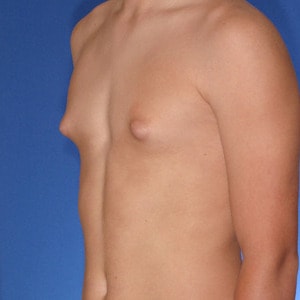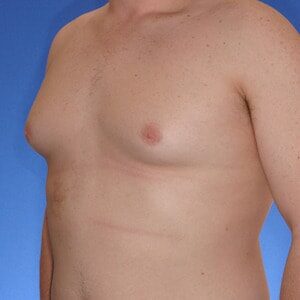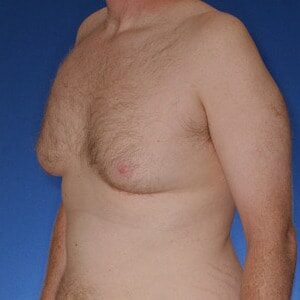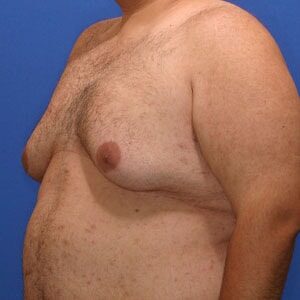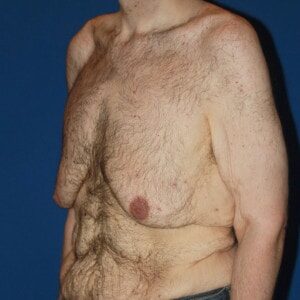Fatty Gynecomastia is also sometimes referred to in the medical community as Pseudo-Gynecomastia.
The “definition” for gynecomastia that is primarily caused by excess fat is called Pseudo-Gynecomastia. Weight loss is typically recommended as the best solution for Fatty Gynecomastia, however in some cases diet and exercise is not enough. This is frequently the case when men have “love handles,” as well as fatty gynecomastia or pseudo-gynecomastia, because the combination of these two areas do not respond well to weight loss. Even when a man is at an ideal body weight, the body can still accumulate excess fat in these areas. Weight loss is still the recommended first option prior to pursuing surgical options.
Frequently Asked Question
Will liposuction alone work or do I need to have breast tissue removed?
In Dr. Cruise’s experience this tends to be the most common question asked by patients who have done their research on fatty gynecomastia. The answer will vary from surgeon to surgeon. Some surgeons will tell you liposuction alone will take care of the problem. Others believe that breast tissue removal is also necessary. The truth is: It depends!
View the pictures below.
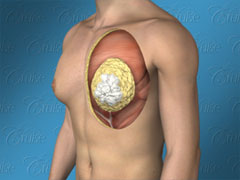
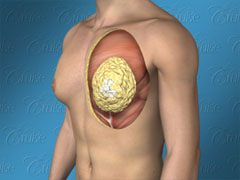
The Main Differences Between Class and Fatty Gynecomastia
In the above pictures, we show the main differences between Classic Gynecomastia and Fatty Gynecomastia. The right side of each picture is virtually identical. The gynecomastia looks essentially the same on the outside. Now take a look at the cut-out view on the left side of each chest. Notice the Fatty Gynecomastia has much more fatty tissue (represented in yellow) than Classic Gynecomastia. You will also notice more glandular tissue (shown in white) with Classic Gynecomastia versus Fatty Gynecomastia. You can see that although the overall shape appears to the same, the underlying causes are not identical. This is the reason some types of gynecomastia can only be determined at the time of surgery, which in turn determines what surgical approach should be used.
Liposuction alone works well to eliminate Fatty Gynecomastia, but leaves excess breast tissue behind, which causes Classic Gynecomastia. Removing excess fat from Classic Gynecomastia may turn the chest into a smaller chest with Puffy Nipples. This is why it’s important to seek out an experienced gynecomastia surgeon. If the gynecomastia is not treated appropriately, it could result in continued issues after surgery.
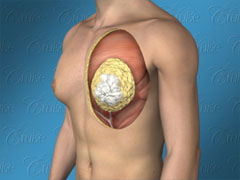
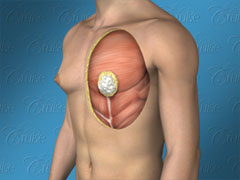
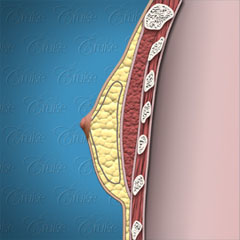
Classic Gynecomastia is represented on the left. Notice the amount of fatty tissue in yellow. After liposuction you will see a dramatic decrease in the amount of fat, however now the breast tissue is exaggerated. This is now creating a “Puffy Nipple” appearance as shown on the right.
Notice on the profile view below that Fatty Gynecomastia has very little, if any, breast tissue. Liposuction alone can at times be effective in treating this type of gynecomastia, but it must be done properly. Fatty tissue is fibrous and quite difficult to remove. The fatty tissue in the chest area is much more resistant to removal than other areas of the body.

